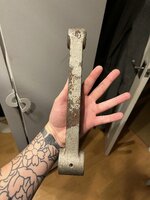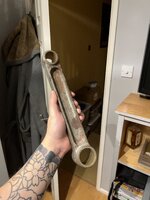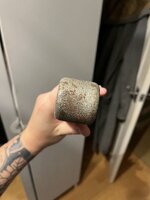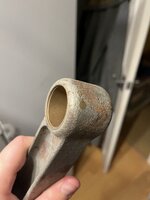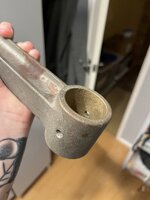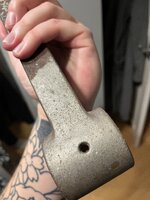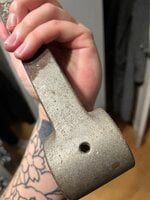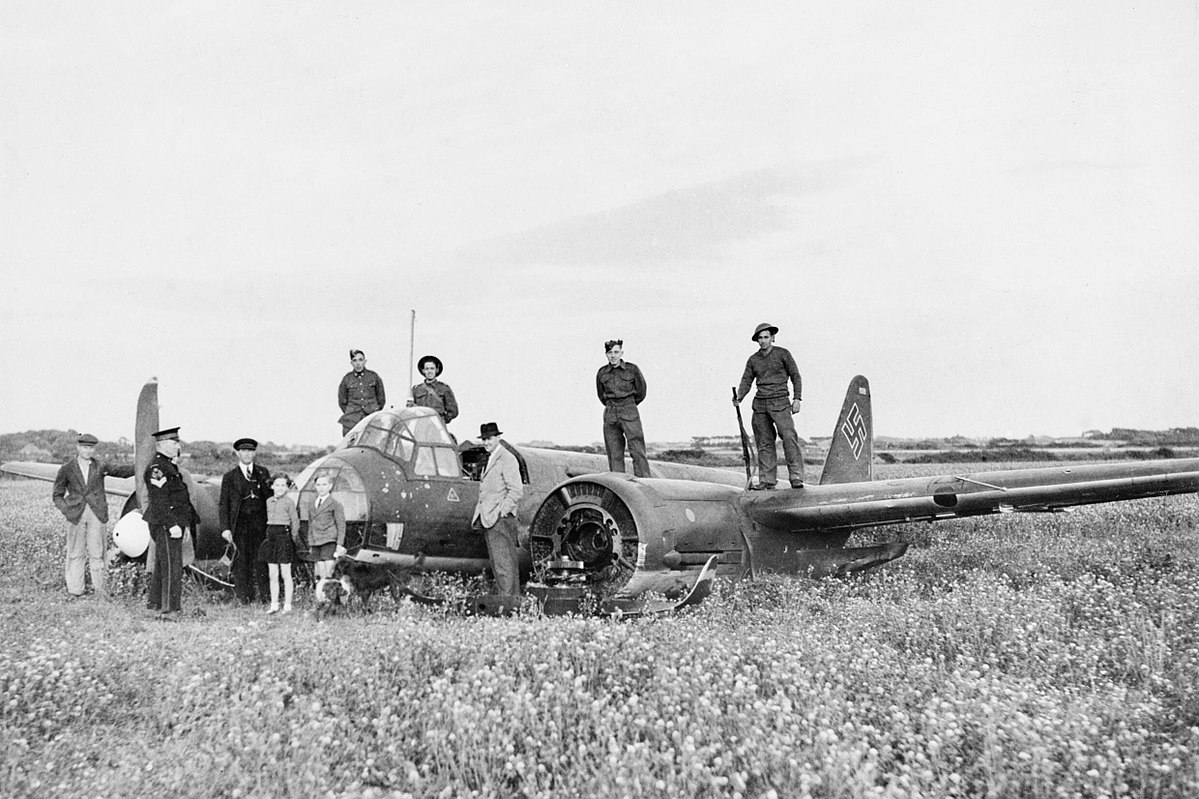Heinkel112admirer
Recruit
- 5
- Oct 18, 2022
Good Evening fellow enthusiasts, fresh member here.
I joined because curiosity got the better of me today and wanted to try and see if i could identify which engine the con-rod that i have is originally from.
Backstory: im based in northern Kent, UK so during the war, this area saw a lot of aircraft action (obviously, i dont want to teach anyone here to suck eggs).
From what i was told, there was a downed german bomber that crash landed in the Graveneny marshes, and my grandfather (slightly too young to conscript at the time) went and salvaged a couple of bits for himself.
This con-rod was one of those bits. Before i post my pictures of it i wondered if it was actually possible to ascertain from photos of an unstamped con-rod which engine it might have been from and from there it might be possible to ascertain whether it was from a junkers, heinkel, dornier etc. I am aware that schematics and blueprints and sources for this kind of technical information could be severely limited.
Sorry for the long read! Any help or direction greatly appreciated.
Regards
I joined because curiosity got the better of me today and wanted to try and see if i could identify which engine the con-rod that i have is originally from.
Backstory: im based in northern Kent, UK so during the war, this area saw a lot of aircraft action (obviously, i dont want to teach anyone here to suck eggs).
From what i was told, there was a downed german bomber that crash landed in the Graveneny marshes, and my grandfather (slightly too young to conscript at the time) went and salvaged a couple of bits for himself.
This con-rod was one of those bits. Before i post my pictures of it i wondered if it was actually possible to ascertain from photos of an unstamped con-rod which engine it might have been from and from there it might be possible to ascertain whether it was from a junkers, heinkel, dornier etc. I am aware that schematics and blueprints and sources for this kind of technical information could be severely limited.
Sorry for the long read! Any help or direction greatly appreciated.
Regards

